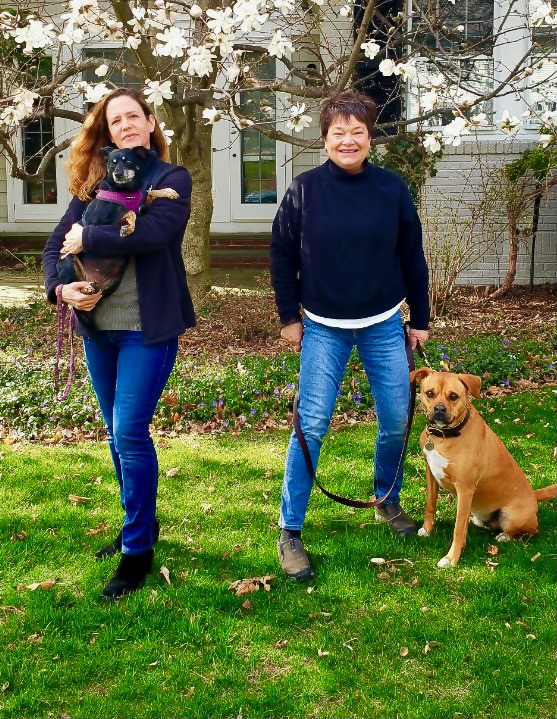By Jim Shaw

Rachel onstage – COURTESY PHOTO
By all accounts, Rachel Dratch was going places. If you talk with her high school friends, they’ll tell you that she was destined for success. After graduating from Lexington High, she went off to Dartmouth College. For most, that’s where the journey ends; you graduate and then head into the working world. But Dratch wanted something different. She was naturally funny and wanted to pursue a career in comedy and acting. She was accepted into Second City in Chicago, where she bonded with Tina Fey and Amy Poehler.
Interestingly, Dratch and Poehler both worked at the popular Lexington eatery Chadwick’s. Having been there many times, I can see where they would both revel in the organized chaos that prevailed at Chadwicks. Great memories, but I digress.
Soon, Dratch, Fey, and Poehler would move to New York City and take their place with the cast of Saturday Night Live (SNL). Dratch would spend seven seasons on SNL, often incorporating her high school experiences into her sketch comedy routines.
After Dratch left SNL, she appeared in several films and had recurring roles on programs like 30 Rock. Now her career has led her to Broadway, where she landed in the new hit play, POTUS: Or, Behind Every Great Dumbass are Seven Women Trying to Keep Him Alive.

Rachel and the cast – COURTESY PHOTO
Although the play opened only a few weeks ago, Dratch’s performance has garnered critical praise and led to her being nominated for a Tony Award for Best Performance by an Actress in a Featured Role in a Play.
As you might expect, Dratch explained that she was honored just to be nominated. During our conversation, she said, “Honestly, I know this is the cliche, but I feel like it’s an honor just to be nominated. I’ve been acting in plays and doing theater for a long time, but a lot of people don’t know that because they just know me from SNL or some of my films. It’s just cool for me to be nominated because it brings me into this theater world that I’ve been an admirer and a fan of for so long. Sounds like BS, but it’s really true.”
Dratch talked about the play and working with the other cast members, including Vanessa Williams who portrays the First Lady. She said, “POTUS is a brand-new play. There are seven women and it’s a farce. It’s seven women trying to keep the President focused. I’ve heard it described as Noises Off meets VEEP. It happens to take place at the White House. But, it’s not political in the sense that you don’t know who the President is. You never see the President; it’s never declared if he is red or blue. It’s just these women trying to keep putting out the fires at the White House. It’s definitely a comedy. It gets a lot of laughs.”
Directed by five-time Tony Award winner Susan Stroman, POTUS is a Broadway debut by playwright Selina Fillinger. Along with Rachel Dratch, Lilli Cooper, Lea DeLaria, Julianne Hough, Suzy Nakamura, Julie White, and Vanessa Williams star in the comedy about the women in charge of the man in charge of the free world.
Dratch explained “I started out doing both plays and improv. And then, when I moved Chicago, there was a lot of improv. Second City is sketch. It’s just both improv and sketch. I’m used to both of those worlds. But at Second City, we were doing sketches that we wrote, so this role is really fun even though it’s not really improv. But the part is such that I could create a lot of physical comedy within it. It’s a culmination of all the other stuff I’ve done.”
I asked her about working on Broadway, and she was very enthusiastic. Rachel said, “It’s been really fun. Broadway is booming! It feels like New York is back, and we get good crowds every night, and people seem like they really, really want to laugh. On top of just laughing at the jokes, there’s like this extra level of fun.”
Rachel explains that it’s a busy schedule of performances. She said, “We have eight shows a week and a matinee on Wednesday and Saturday.”
This is a limited engagement play that is scheduled to end in August, so don’t wait to see it. A weekend of Broadway in New York City can be lots of fun, especially if you’re going to see Rachel Dratch in POTUS at the famed Shubert Theatre. For tickets, visit shubert.nyc/theatres/shubert.
At the end of our conversation, I asked Rachel who would be her “plus one” at the Tony Awards, her son Eli or her mother, Elaine? She laughed and said, “Oh my gosh, I haven’t decided. I have like two hours to decide who’s going to be my ‘plus one’. I don’t know. And, I have to let them know by five o’clock.”
Well, I can speak for many of your supporters here in Lexington that we’ll be tuned in and rooting for you. We wish you all the best. And, congratulations on your nomination.
The Tony Awards will be broadcast on CBS on Sunday, June 12th from 8-10 PM.
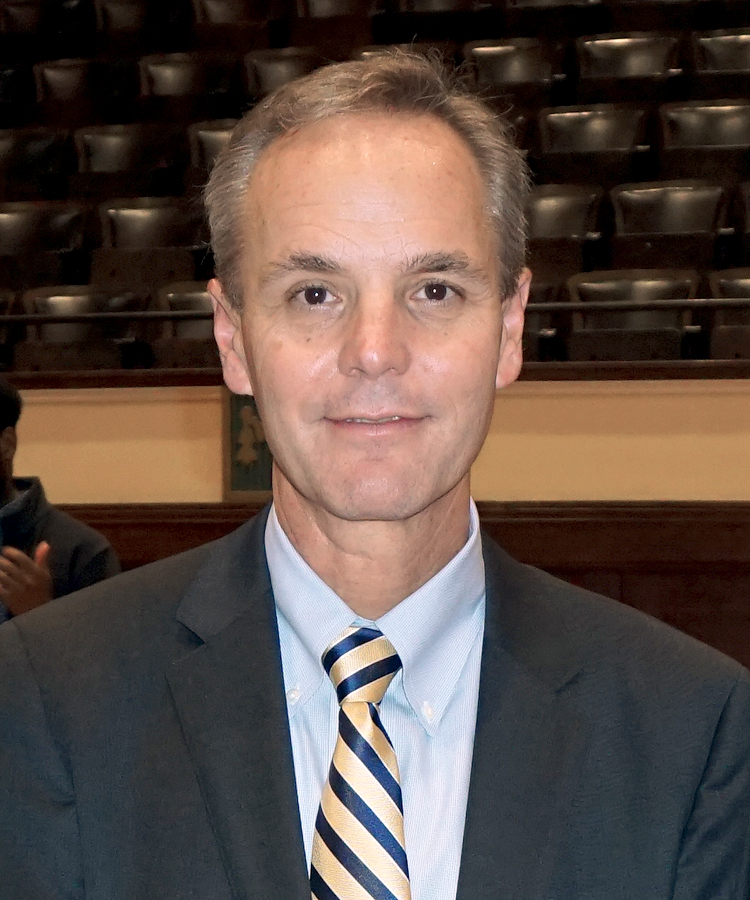
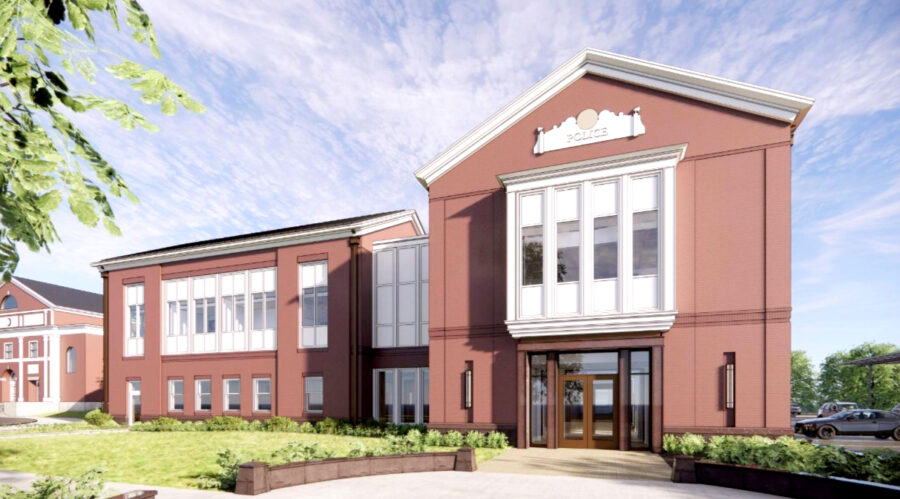
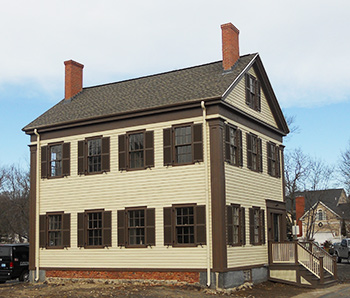
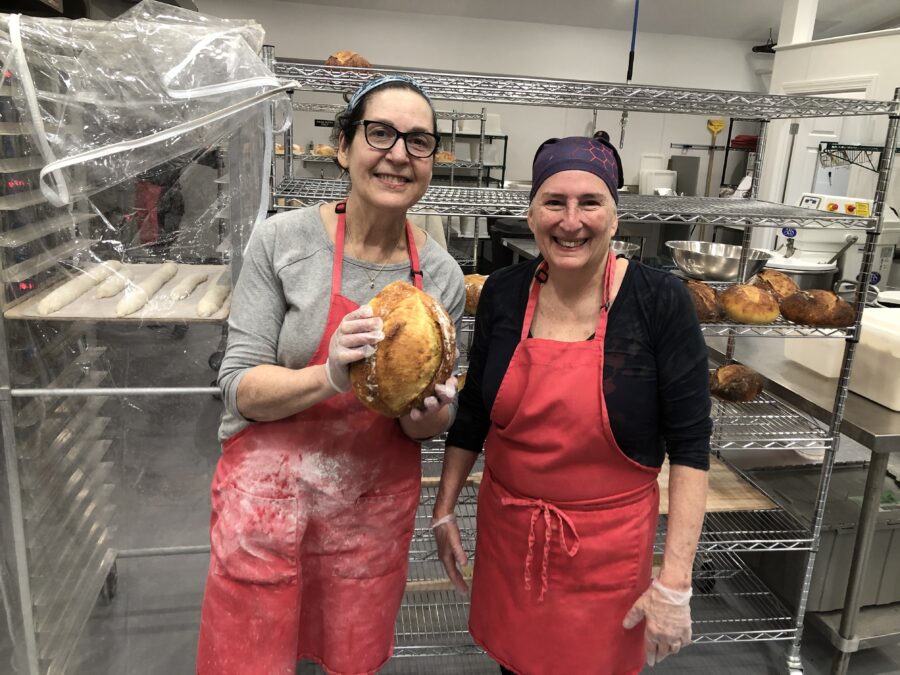


 “There is this perception that, if you live in Lexington, you couldn’t possibly need help,” says Usha Thakrar, a member of the Lexington Food Pantry’s board of directors and executive director of Boston Area Gleaners, a nonprofit that connects farms to those in need. “I can’t tell you the number of people who say to me, what do you mean, there’s a food pantry in Lexington?” That lack of awareness, she says, “creates this barrier to asking for help or accessing services because of the perception that if you live in this town and can afford to live in this town, you must not need assistance—which is not accurate.”
“There is this perception that, if you live in Lexington, you couldn’t possibly need help,” says Usha Thakrar, a member of the Lexington Food Pantry’s board of directors and executive director of Boston Area Gleaners, a nonprofit that connects farms to those in need. “I can’t tell you the number of people who say to me, what do you mean, there’s a food pantry in Lexington?” That lack of awareness, she says, “creates this barrier to asking for help or accessing services because of the perception that if you live in this town and can afford to live in this town, you must not need assistance—which is not accurate.”











